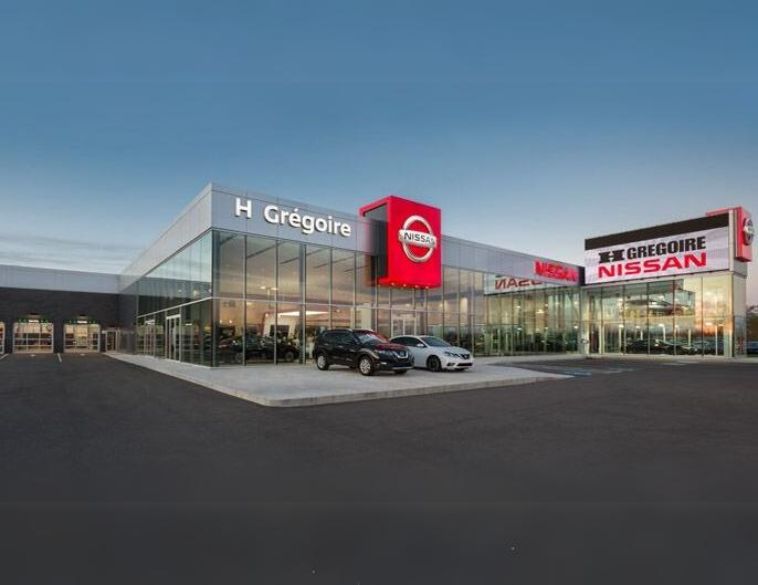Weighing the options in a market starved for 2-3-year-old vehicles.
We live in interesting times. New vehicle inventory shortages continue to put pressure on the used vehicle market. As a result, prices of used cars and trucks have skyrocketed, to the point that customers who leased a new vehicle before or during the early days of the pandemic are now driving something that’s worth more than the residual value on their contract.
Traditionally, most people who lease vehicles tend to turn them over every 24-48 months. The trouble is, dealers, in many cases don’t have a new vehicle to put them into, so instead, these customers are choosing to buy out their lease and continue driving the vehicle, until a suitable new replacement becomes available. The trouble is, current market conditions mean there is little certainty in determining when that next new vehicle will actually be available.
Missing out
“Dealers are really missing out on acquiring quality used vehicles due to this reduction in lease returns,” says Daniel Ross, Senior Automotive Analyst and Head of Canadian Vehicle Valuations, at Canadian Black Book. “Plus, those leases that have matured and do come back, are now coming back much later— requiring dealers to pay much more for them.
Additionally, the lack of new vehicles available is causing customers who would typically purchase them, to look at alternatives, particularly 2-3-year-old vehicles, of which there is currently a chronic shortage. Additionally, due to rising interest rates, those used vehicles, when they are available, are now much more expensive to finance than they were even a year ago.
On the new vehicle side, inflation and higher interest rates, have seen a significant increase in leasing, particularly in central and Eastern Canada, notably Quebec, the Atlantic provinces, and Saskatchewan.
Jake Stacey, Executive Vice President of Sales and Training at LGM Financial Services [which provides a range of F&I solutions for dealers], notes that lease transactions have essentially doubled.
“Since January 2022, we’ve seen lease payments become more and more attractive for customers.” And a lot of those are short-term leases (typically 24 months). “When we see a new vehicle arrive on a dealer’s lot, today, it’s typically going out on a lease,” Stacey explains.
Better control
For dealers, this provides an opportunity to better control used vehicle inventory a few years from now. For the time being however, many are having to contend with a range of challenges. Inflation and rising interest rates are putting more pressure on dealers and Loan-to-Value ratios on pre-owned cars and trucks. “You’ve got a situation where due to high demand, a used vehicle was purchased at a higher price. It was then financed at a higher interest rate and because the LTV is negatively impacted, it affects the dealer’s margin on other products which no longer make sense in being added to that particular deal for the customer.”
Trevor Henderson, Chief Operating Officer, Canada at KAR Global, notes that lease buybacks have increased significantly during the last 18-24 months, where dealers, starved of prime off-lease inventory, are providing customers incentives to trade in their vehicles, purchasing them directly from the captive finance company to bolster their own used inventory, which itself is in high demand.
Significant volatility
Ripple effects of high demand for used vehicles and an overall lack of inventory are also being felt on the wholesale side, creating significant volatility in the marketplace. “We have seen short-term shifts in demand, going up one week and then down the following week,” explains Henderson. “These shifts make it difficult for sellers in the wholesale market to price their vehicles and this in turn leads to a supply-demand disequilibrium, where sellers and buyers cannot ‘agree’ on price.”
He notes that before the beginning of 2022, wholesalers were dealing with a situation of steadily increasing prices, driven by strong demand and low supply. And while the supply of wholesale vehicles has not grown significantly since then, the volatility in the marketplace has caused price declines across the wholesale space. When you couple that with relatively high inflation and the rapid rise in interest rates, designed to temper that inflation, the result is downward pressure on prices.
This means that whether looking at wholesale or retail, dealers need to be extremely strategic when it comes to used vehicles. Jake Stacey notes that this situation of higher borrowing costs, coupled with higher prices for vehicles overall is not only causing a balloon in interest when it comes to leasing vehicles overall but also leasing on used as well as new cars and trucks. “All of a sudden, you’re finding that consumers are gravitating towards that lower payment philosophy again,” she explains. The question then becomes, how is the dealer going to hold onto that customer and keep them coming back? One solution is by providing effective F&I solutions such as extended warranty, pre-paid maintenance, and loan protection/disability coverage. “Lease wear and tear is becoming increasingly important,” says Stacey “and savvy dealers are creating these packages, to assure their customers and maintain long term relationships with them.”



